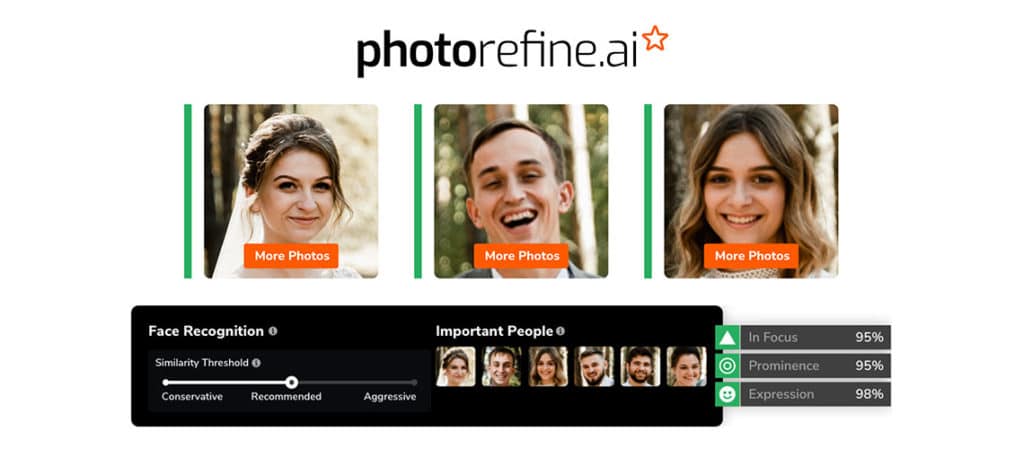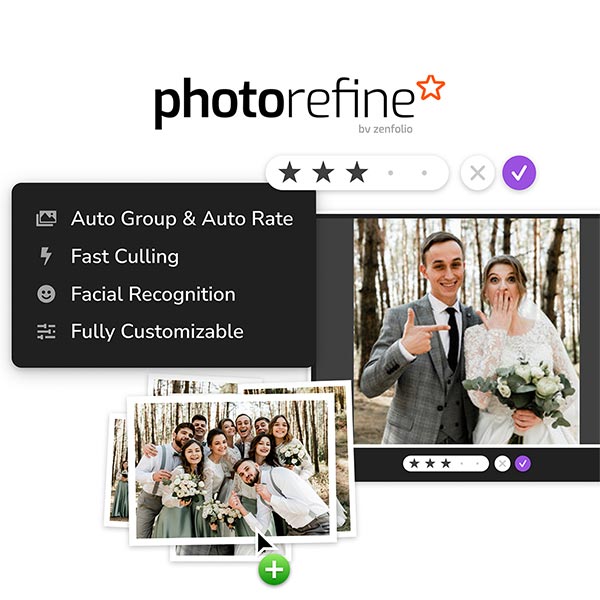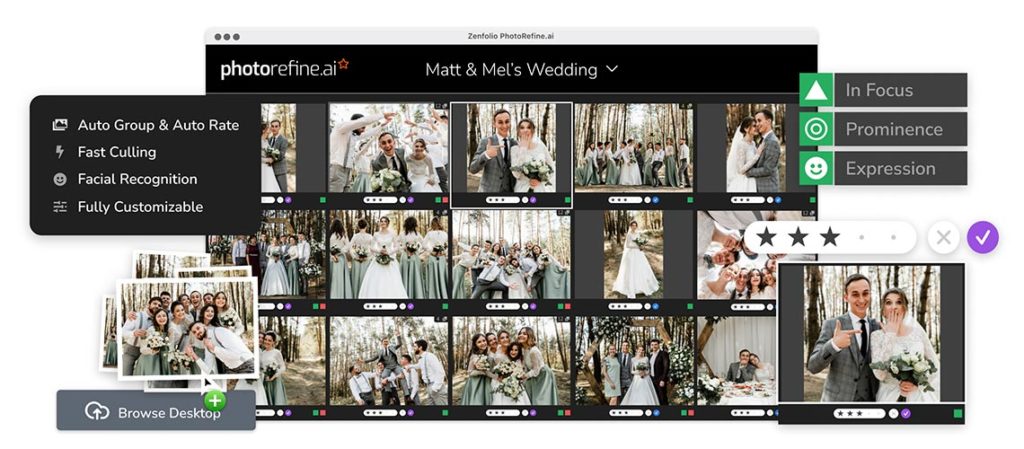Ancient advice on AI: Deploying artificial intelligence intelligently.
November 4th, 2022
Image generated with DALL-E AI using prompt “Photographer with camera opening mythological Pandora’s box.”
Artificial Intelligence (AI) is everywhere. Siri, Alexa and Google Assistant have become indispensable to millions of users, Tesla Autopilot has the potential to change driving forever, and IBM Watson took a new job providing big data solutions to corporations after its first job was in jeopardy. Those are just the most prominent examples. Helpful applications of AI are being deployed in a broad spectrum of industries, but AI also has the potential to be misused.
We recently introduced technology that applies AI to assist photographers in selecting the best photos from the thousands of shots typically taken during a photo session. The advanced image recognition technology is tremendously powerful and can make photographers more efficient than they ever dreamed.
When exploring the best way to roll out AI to our community of over half a million photographers, with 4 billion images and over 20 petabytes of data in our safekeeping, the Zenfolio leadership team had some fascinating discussions about corporate responsibility generally, and our obligations specifically. These discussions turned out to be remarkably pertinent considering the White House recently released an ‘AI Bill of Rights’.
AI: Ancient concept. New reality.
The concept of AI was theorized centuries ago by Greek philosophers, with myths about Talos and Pandora creating chaos and destruction. Perhaps these cautionary tales about artificial beings influence our thinking today. While I’m sure the ancient Greeks would have been amused by the rudimentary nature of philosophical discourse at Zenfolio, the advantage we had over them was that our discussions were based on actual implementations, not merely theoretical pondering – and we wore more practical clothing.
Artificial Intelligence contributes to efficiency, accuracy and productivity in ways the early Greeks could not have imagined. It has evolved to be capable of language processing, visual recognition, and human interaction.
Yet, there are positive and negative aspects to consider surrounding the responsible deployment of AI.
The positive application of AI in photography.
The photography industry is generating exponentially more images than ever thanks to digital cameras. Photographers need to be more efficient and productive in the time-consuming process of finding the best images out of thousands.
Finding the spouse in hundreds of wedding photos, shouldn’t take as long as actually finding a spouse, nor require as much swiping.

AI can analyze large amounts of data and perform specific functions, getting faster and more accurate as it learns, usually when fine-tuned by a human. Since each photographer has a unique style, and relies on their creative eye to characterize their work, it’s important to establish a model where AI can assist in a specifically defined task, yet leave ultimate creative control in the hands of the photographer.
The inherent bias of AI in photography.

A major challenge in many types of Artificial Intelligence is bias. Especially in facial recognition technology.
Some AI models inherit bias from the datasets upon which they’re trained, and may therefore reinforce or exacerbate societal biases. This tends to occur due to the lack of variety in the training set for the models. Diverse data can help mitigate problems that lead to biases in the system, but datasets still require filtering to prevent errors. Zenfolio’s PhotoRefine.ai has several features that a photographer can use to validate the outcome, helping ensure the models do not exacerbate bias.
Personal information tied to photographs.
We have already seen several controversial uses of facial-recognition technology. Earlier this year, a New York-based startup was fined tens of millions of dollars by European authorities for amassing billions of facial images and personal information from Facebook, LinkedIn and other websites, and using it to train facial-recognition software to identify individuals based on face scans. This company justifies its actions by stating that its technology is designed to be used by law enforcement agencies in fighting crime, but there are other companies whose websites allow anyone to upload any photo to identify the subject.
Facial-recognition technology is undeniably a powerful tool for photographers and their clients to easily group and view photos of a specific person. But there is no need to associate Personally Identifiable Information (PII) with the image in order to do so.
For photo sessions that generate thousands of images, with a set of similar subjects appearing in many of the photos, applying facial-recognition to find a specific person does not require the application to know anything about that person, other than their unique facial features. Once all photos of a person are selected by the AI, it can then rate each image based on a set of criteria ranked in importance, e.g. the sharpest image, the happiest faces, whether eyes are open or closed.

By keeping the initial set of photos stored locally on a photographer’s computer, the technology can be applied in extremely useful ways, without the subject in the photo being at risk of having AI models learn to more accurately identify them from a large group of private images. Should the photographer then share a subset of the best photos with their client through our Cloud services, we provide password protection on the gallery, and advanced settings for the photographer to either enable or disable facial-recognition features for each client’s gallery. The client can safely and securely download their favorite photo, and then upload it to social media sites for New York-based startups to access at will.
Deploying AI with intelligence.
Empowering professional photographers with affordable access to advanced AI is a very new initiative. We have been cautious and thoughtful, and perhaps even philosophical, in deploying our solution. We have used cutting-edge technology, almost two decades of experience in securing images and video, and partnered with the best security technology providers. There is always a possibility that circumstances will evolve in unexpected ways, but the approach we have taken in the design of our solution is to try to ensure that it does not enable or contribute to negative applications of the technology.
Maybe the Greek philosophers would be surprised that today, their Talos steers a Tesla. Or that the chaos and destruction they feared from Pandora is limited to the music industry. If all companies spend time contemplating the moral and ethical impact of their creations – tunics and sandals optional – perhaps we can prove those ancient concerns unfounded.
But as the more contemporary philosopher Douglas Adams said: “A common mistake that people make when trying to design something completely foolproof is to underestimate the ingenuity of complete fools.”



